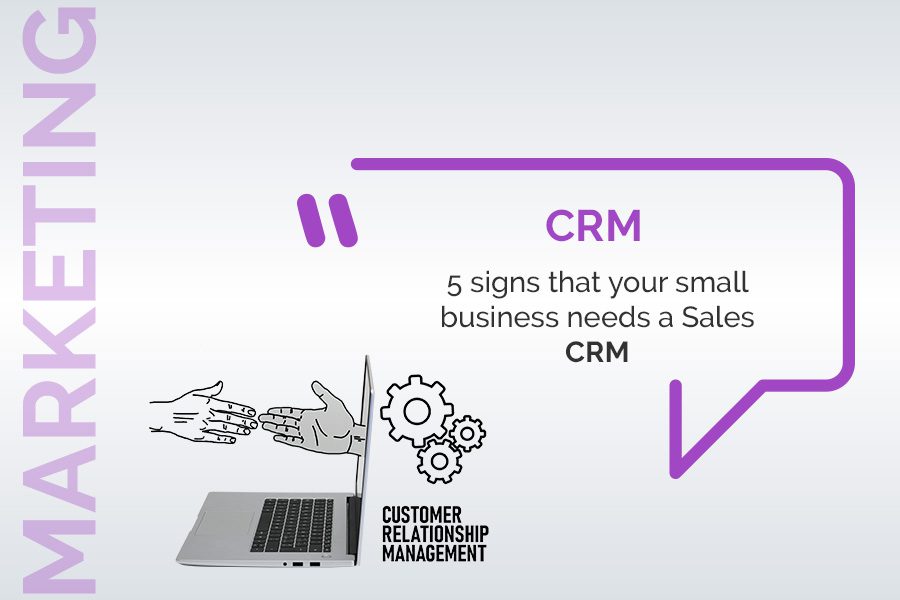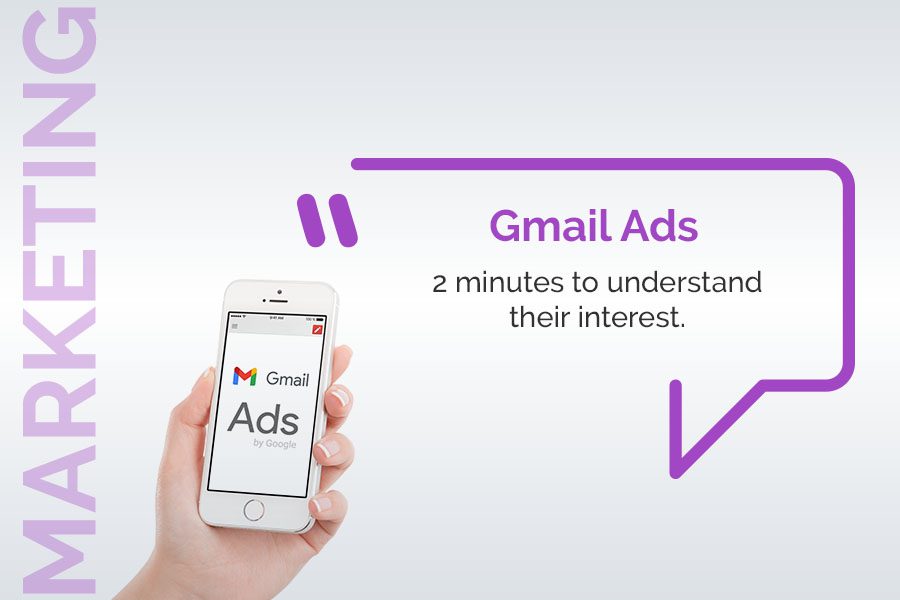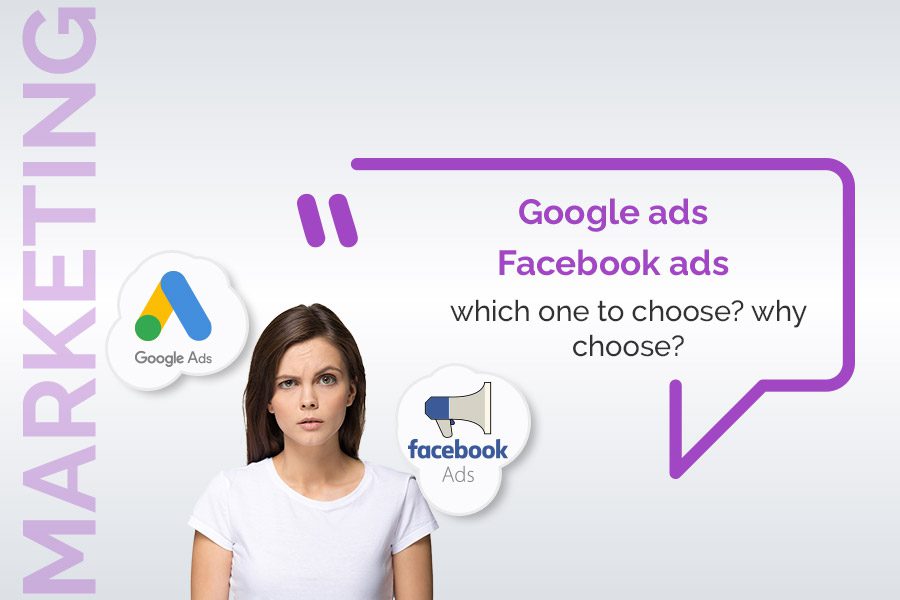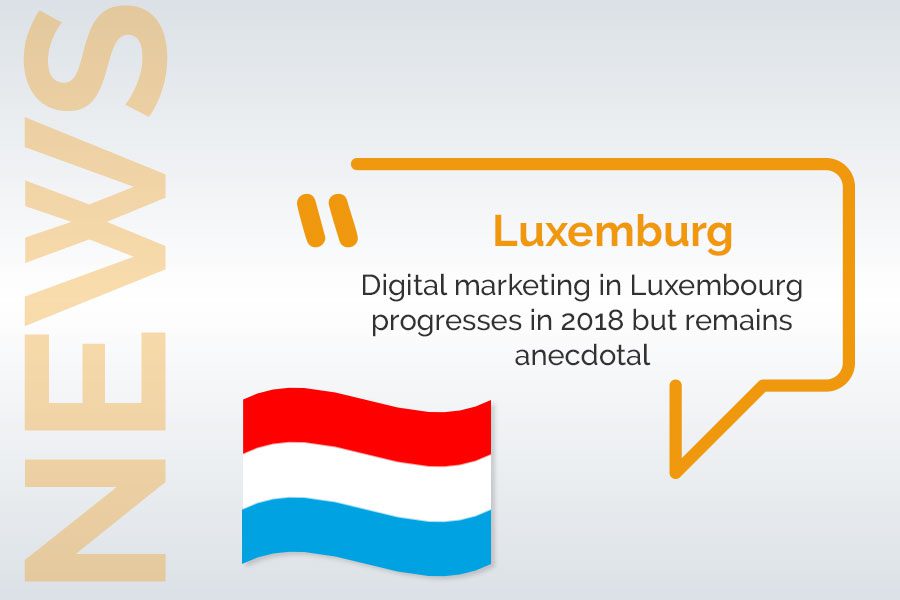
Digital Marketing in Luxembourg progresses in 2018 but remains anecdotal.
October 25, 2019
The 7 good reasons to have a corporate blog.
February 7, 2020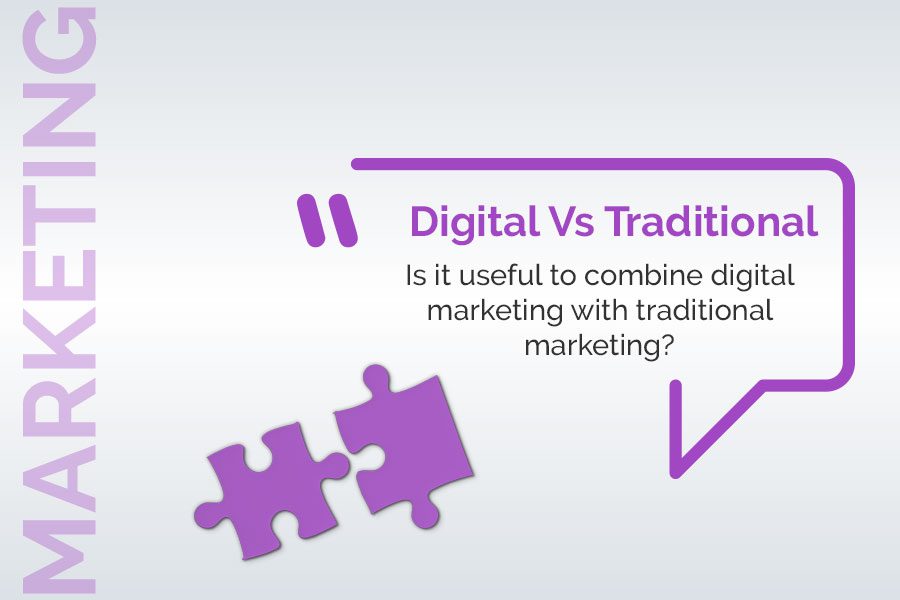

To question the relevance of traditional marketing at a time when digital marketing has reached maturity may seem anachronistic, yet it must be acknowledged that in Luxembourg some traditional media retain a relative weight that is not insignificant.
Far from being totally outdated, some quality magazines and media have quality readers and significant audiences that can represent judicious opportunities to take into account when composing your media mix.
Definition of the digital marketing.
Digital marketing is the set of marketing techniques used on the web and social networks.
It also integrates mobile marketing applications and certain connected objects such as dynamic screens – more or less giant – placed in public places.
It differs from traditional marketing in the ability to analyze and monitor its performance in real time and in the accuracy with which it reaches a target audience.
Digital marketing, a conversion aid.
The goal of digital marketing is to maximize ROI by addressing the internet user directly to attract and guide him/her at a time when he/she is engaged in a buying process or at least well advanced in his/her reflection about a service or product.
A purchase on an e-commerce site, a subscription to a facebook page or newsletter or a visit to a website are some of the objectives that can be targeted by a digital marketing campaign.
Traditional marketing, a support for digital marketing.
While traditional marketing offers a greater diversity of media than digital marketing, it does not necessarily intervene at the same level or at the same time in the consumer’s purchasing process.
Publications in brochures, specialized magazines or newspapers are distributed in media that the potential consumer chooses to read, while radio or television spots, which broadcast messages that are relevant to him or her, are not.
To summarize the difference between the two marketing techniques we can use the following distinction:
Traditional marketing is essentially similar to push marketing in that advertising messages are sent to the consumer without the consumer having expressed either the desire or the need. It generally involves mass communication and long-term implementation, while focusing only on expected results, the quantification of which is partly theoretical.
Digital marketing is based on the principles of pull marketing. Its objective is to reach the right people at the right time to attract them and engage them in a process where these prospects have the best possible chance of becoming customers. It is not aimed – as traditional marketing can sometimes do – at audiences that are not in the core of the target audience. Digital marketing has another advantage: it can become viral thanks to sharing on social networks and thus bring a considerable leverage effect to the messages broadcast.
In which situations should digital and traditional marketing be combined?
Traditional marketing remains important – especially in Luxembourg as mentioned in this article – because some media have maintained a good reputation and a loyal audience. To maximize the effectiveness of your digital campaigns, we recommend that you use it as a link between your traditional prospects and your website or as a redirect to your digital marketing operations in very specific cases.
How?
Simply for example, by promoting your website through your traditional marketing operations. This involves traditional advertising with messages such as “-20% on your first order on our website” or by distributing flyers in the shop to your customers by offering them to order on the internet and pick up their order in the shop.
As for digital marketing, it can also relay your traditional marketing actions through digital channels, in particular by sharing your articles, offering your paper brochures or catalogues once you have transformed them into PDF.

